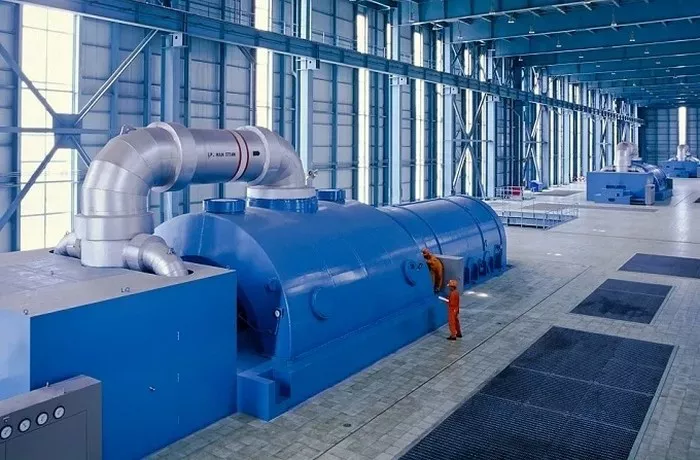As global power demand rises and sustainability goals intensify, hydrogen-cooled generators are emerging as a critical solution for modern energy infrastructure.
Market Overview
The global hydrogen-cooled generators market is gaining momentum as power producers seek high-efficiency, thermally stable solutions to meet growing energy needs. Known for its superior heat conductivity, hydrogen is increasingly used to cool large-scale generators—particularly in fossil fuel, hydroelectric, and nuclear power plants—where conventional cooling methods fall short.
This technology is central to next-generation grid infrastructure, offering advantages in performance and efficiency. With power systems worldwide under pressure to modernize, hydrogen-cooled generators are becoming more relevant, especially in the context of climate change and energy conservation.
North America currently dominates the market, driven by an aging energy infrastructure and major investments in grid upgrades. Meanwhile, the Asia-Pacific region is experiencing rapid growth, with China and India expanding their power generation capacity at a record pace. Power generation remains the leading application, fueled by the need for reliable base-load supply and better integration of renewable sources.
Segmentation by Type, Capacity, and End-User
The market is segmented by product type, capacity, and end-use industry. Synchronous generators hold the largest share due to their high reliability and efficiency in continuous operation environments. In terms of capacity, generators rated above 300 MVA dominate, favored in large power plants for their ability to handle heavy loads.
By industry, fossil fuel and nuclear power plants continue to be the top users of hydrogen-cooled generators, owing to their infrastructure scale and constant demand for power. Hydroelectric stations and renewable energy projects are also increasingly adopting the technology to improve cooling efficiency.
Regional Insights
Geographically, the United States leads the market thanks to extensive grid refurbishment programs and investments in thermal power systems. Europe follows, propelled by environmental regulations and initiatives to boost energy efficiency across aging infrastructure.
Asia-Pacific is emerging as a key growth region, with China and India leading the way due to urbanization, industrial expansion, and policy support for advanced energy systems. Latin America and the Middle East & Africa are also showing potential, especially where governments pursue energy diversification strategies.
Key Market Drivers
Hydrogen’s unique cooling properties—low density and high thermal conductivity—make it ideal for large generator applications. These characteristics enable improved performance, lower energy losses, and extended equipment lifespan.
Global trends toward decarbonization and cleaner energy sources are amplifying the need for high-efficiency technologies, including advanced cooling systems. Additionally, retrofitting aging power infrastructure in developed markets and building new facilities in emerging economies are jointly fueling demand.
Challenges and Constraints
Despite its advantages, hydrogen-cooled technology comes with challenges. Safety concerns around hydrogen leakage and handling, along with the need for specialized maintenance, pose operational risks. The high upfront cost of installing hydrogen-cooled systems can be a barrier, particularly for smaller utilities or in cost-sensitive markets.
Lack of standardization and limited awareness in certain regions further complicate adoption. These issues underscore the need for education, workforce training, and global safety standards.
Opportunities Ahead
The rise of hydrogen as a clean energy source presents significant growth opportunities. Hydrogen-cooled generators are expected to play a vital role in green hydrogen and hybrid energy projects as governments and investors accelerate funding for low-carbon infrastructure.
Emerging markets with rising electricity needs and supportive government policies are ripe for development. Meanwhile, innovations such as IoT-based monitoring systems and compact generator designs are helping manufacturers add value and differentiate their offerings.
Related topics:

